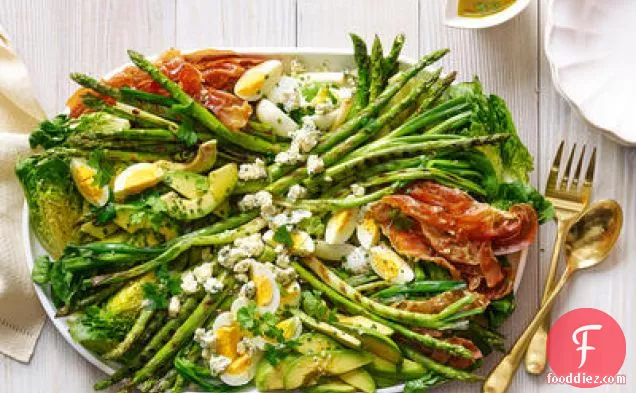Salsa Fresca

Need a gluten free, primal, and whole 30 hor d'oeuvre? Salsa Fresca could be an outstanding recipe to try. This recipe covers 3% of your daily requirements of vitamins and minerals. One portion of this dish contains roughly 1g of protein, 0g of fat, and a total of 14 calories. This recipe serves 9. A mixture of salt and pepper, cilantro, lime juice, and a handful of other ingredients are all it takes to make this recipe so delicious. This recipe is typical of Mexican cuisine. From preparation to the plate, this recipe takes approximately 45 minutes.
Instructions
Equipment
Ingredients
Recommended wine: Pinot Noir, Riesling, Sparkling Rose
Pinot Noir, Riesling, and Sparkling rosé are my top picks for Mexican. Acidic white wines like riesling or low-tannin reds like pinot noir can work well with Mexican dishes. Sparkling rosé is a safe pairing too. You could try Teutonic Gamay Pinot Noir Blend 1787 AD. Reviewers quite like it with a 4.6 out of 5 star rating and a price of about 30 dollars per bottle.

Teutonic Gamay Pinot Noir Blend 1787 AD
This "1787" Pinot Noir/Gamay blend is the counter part to our "459" blend. The only difference between the two wines (both made with the same exact fruit) is the vessels used to produce them. The "1787" was fermented and aged in neutral oak barrels. The difference in taste and smell is incredible and you just need to taste them side-by-side to see for yourself. In the year 1787, a decree was ordered to remove all red grape varieties in the Mosel Valley and to replace them with Riesling vines. Over time, this law dissipated and red varieties slowly got planted again in the region.DifficultyMedium
Ready In45 m.
Servings9
Health Score5
Related recipes
Best Oatmeal Raisin Cookies EVER
Slow Cooker Calico Beans
Valentine Butter Cookies
Chicken and Biscuits
Magazine

Your Inner Chef with Taylor Swift's Top 3 Recipes from Her Beloved NYC Hangout

20 Mouthwatering Recipes You Need to Try Today!

Master the Art of Making Perfect Pancakes with This Foolproof Recipe

The Science Behind Red Wine: Its Surprising Health Benefits and Potential Risks

12 Wine Cocktails for a Sophisticated Twist

Sip, Swirl, and Celebrate: Toasting to National Wine Day on May 25th

National Drink Wine Day on February 18

Celebrating Souffle Day with Delectable Delights

Indulge in the Delightful Flavor of Oyster Soup on Its Special Day!

Celebrating World Nutella Day

How to Make the Perfect Birthday Cake

How to Debone a Chicken

How to Get Started with Healthy Cooking

12 Spring Vegetarian Recipes

15 Tasty Dessert Recipes

20 Best Breakfast Ideas to Enjoy this Spring

12 Healthy Spring Menu Ideas for 2022

Celebrate Spring with 3 Fresh Dishes

10 Healthy Springtime foods and How to Prepare Them

5 Simple Guidelines to Demystify 'Seasonal Cooking'

Your Inner Chef with Taylor Swift's Top 3 Recipes from Her Beloved NYC Hangout

20 Mouthwatering Recipes You Need to Try Today!

12 Wine Cocktails for a Sophisticated Twist

Celebrating Souffle Day with Delectable Delights

Indulge in the Delightful Flavor of Oyster Soup on Its Special Day!

These Super Recipes for Your Football Party!

The Secrets Behind 3 Classic Comfort Food Recipes

Celebrate National Pizza Day on February 9th with Mouthwatering Slices and Fun Facts

Vegetarian soup recipes are not just for vegetarians anymore







